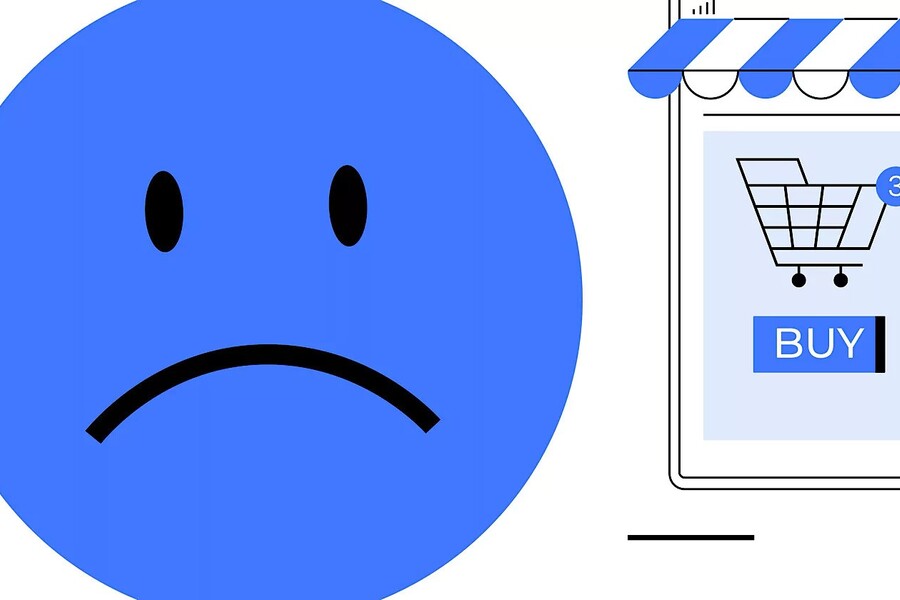Digital Ad Costs Soar as User Engagement Plummets, New Report Finds

A recent industry report from Contentsquare reveals that digital advertising costs have surged while user engagement on websites has declined, creating major challenges for marketers. The report, based on an analysis of over 90 billion online sessions and 389 billion page views, highlights how falling organic traffic and growing user frustration are affecting conversion rates and customer retention.
Website traffic dropped globally by 3.3% year-over-year (YoY), forcing brands to rely more heavily on paid advertisements to attract visitors. Paid traffic now accounts for 39% of all site visits, a 5.6% increase compared to the previous year. This shift has driven up digital ad spending by 13.2% YoY and increased the average cost per visit by 9%. Over two years, costs have climbed by 19%, leaving businesses struggling to justify higher advertising budgets with lower returns.
As businesses invest more in paid ads, they face a worrying trend: new visitors are leaving websites quickly, often without engaging. User engagement metrics such as time spent on-site, page views, and scroll depth have declined by 6.5%. First-time visitors viewed 1.8% fewer pages while returning visitors showed a slight increase in engagement. Websites with transactional landing pages, particularly product detail pages (PDPs), experienced high bounce rates, signaling the need for better strategies to capture and retain visitor attention.
Frustration is a growing factor in user behavior. The report found that one in three visits was affected by “rage clicks”—when users repeatedly click on an unresponsive element in frustration. Slow page load times also contributed to user dissatisfaction. These issues reduced session depth by 6%. However, companies that addressed user frustrations retained 18% more visitors than their competitors. Improving site usability and reducing frustration proved essential in enhancing customer engagement.
The decline in user engagement has had a significant impact on conversion rates. Globally, conversion rates fell by 6.1%, with paid traffic underperforming compared to organic traffic. Paid traffic yielded a conversion rate of 1.83%, compared to 2.66% for unpaid sources. Despite this, businesses that focused on improving session depth saw a 5.4% increase in conversions, while those that failed to do so experienced a 13.1% drop. This demonstrates the importance of creating engaging user journeys to drive conversions.
Customer retention has also come under pressure, with 30-day retention rates dropping by 7% YoY. However, returning visits grew by 1.9%, driven by a 5.6% increase in paid traffic. Websites with strong retention rates had 17% fewer rage clicks and 18% more page views per visit. This underscores the role of smooth, frustration-free experiences in fostering customer loyalty and repeat visits.
The report offers several actionable insights for marketers to combat these challenges. Diversifying traffic sources can help reduce dependence on costly and unpredictable paid ads. Exploring alternative channels such as retail media networks, affiliate marketing, and influencer collaborations can attract new visitors without inflating ad budgets. Additionally, optimizing the experience for first-time visitors is crucial. Businesses can use heatmaps, A/B testing, and personalized content to identify and address pain points on landing pages, reducing bounce rates and encouraging deeper engagement.
Proactive measures to address user frustration are equally important. Real-time monitoring of website performance can help detect and resolve issues such as slow load times and rage clicks. By improving responsiveness and navigation, companies can enhance the overall user experience, leading to higher retention and conversions. Behavioral data can also play a key role in identifying high-intent visitors. By analyzing user pathways and tailoring content to meet their needs, businesses can increase conversion rates and customer satisfaction.
Contentsquare’s findings are based on data collected from Q4 2023 to Q4 2024, covering a range of industries including retail, travel, and financial services. The report provides a detailed view of current digital trends and offers a roadmap for marketers aiming to improve their online performance.
As competition for digital visibility intensifies, brands must prioritize experience-driven strategies to make the most of their ad spend. Simply driving traffic to a site is no longer enough. To succeed in today’s digital landscape, businesses must create user experiences that are seamless, engaging, and rewarding. The report serves as a reminder that effective digital marketing goes beyond budget allocation—it requires a deep understanding of user behavior and a commitment to continuous improvement.
